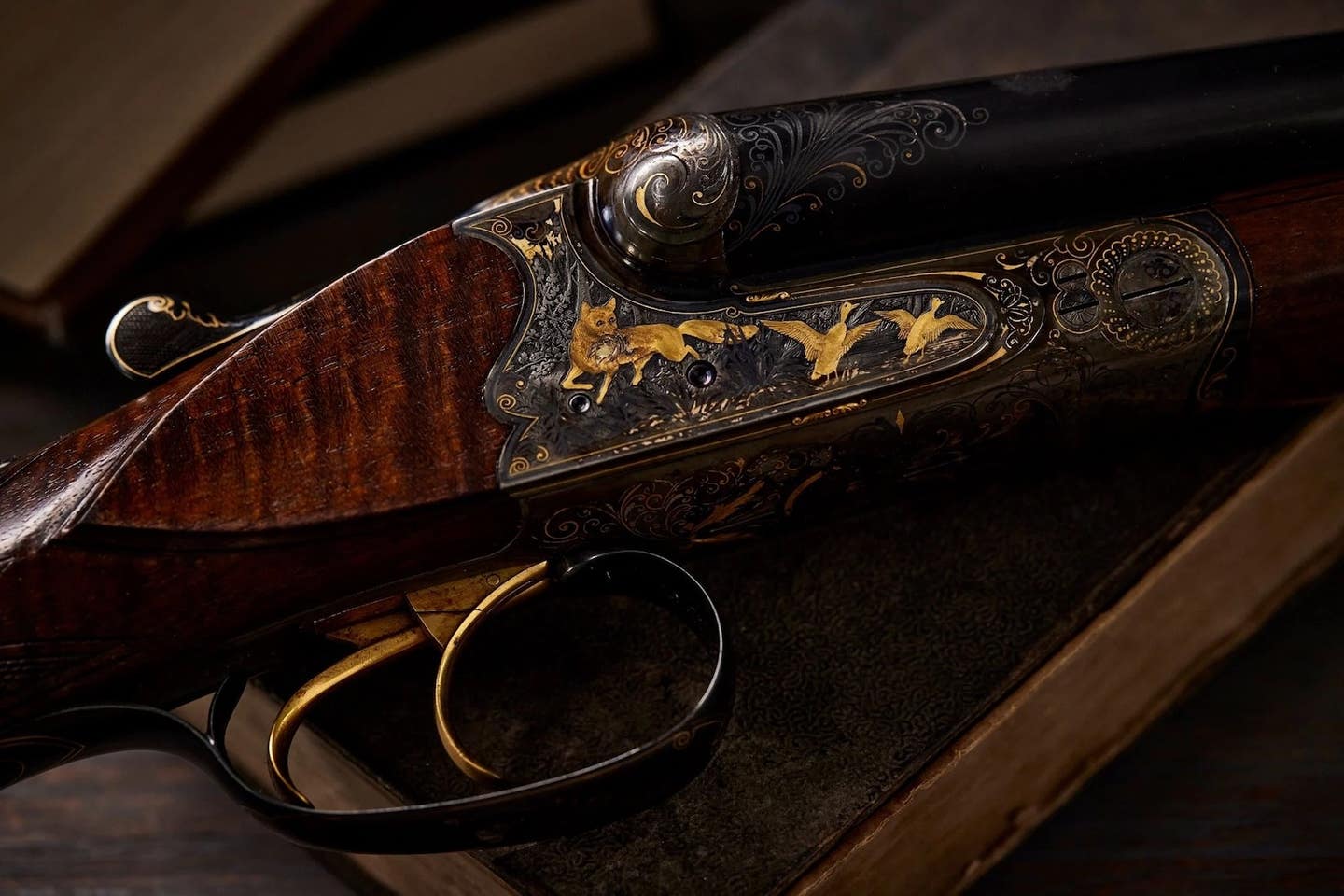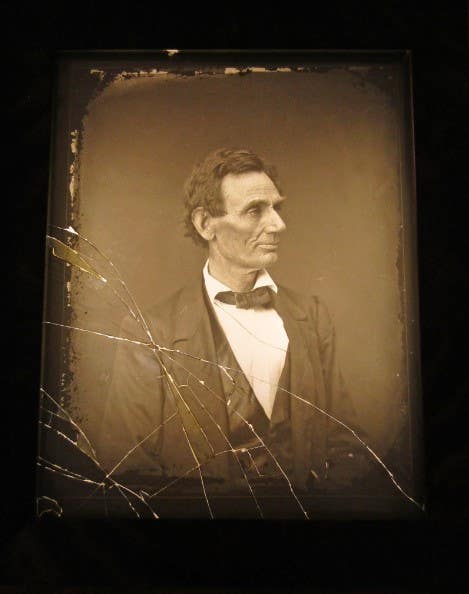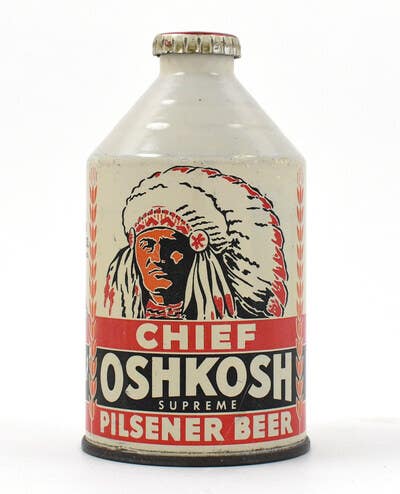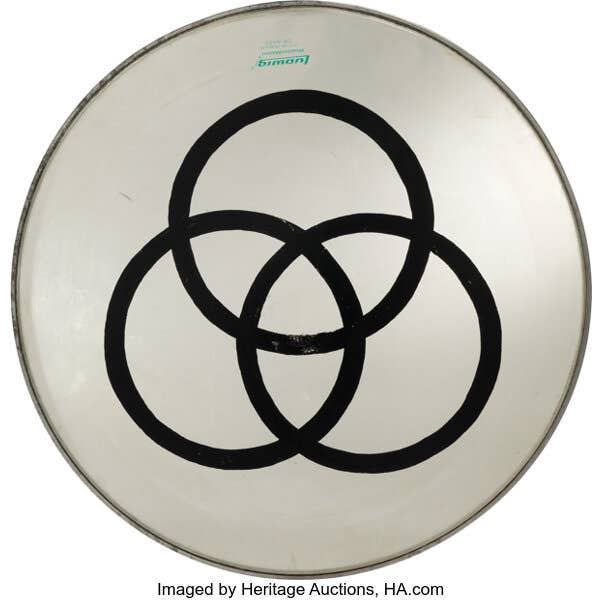Copper collectibles gaining momentum and respect
Few people realize how important copper is to the arts and antiques movements during the past 500 years. Copper objects are now finding their way into collections.
By Eric Bradley
Few people realize how important copper is to the various arts and antiques movements during the past 500 years. Copper has been used from the 8,000 BC. pre-Columbian era, when soft, pure copper was mined into effigy figures, to the copper canvases.
It was also the first medium to be used by master painters such as El Greco, Brueghel, Reni, Wtewael, Chardin and Rembrandt, among others. Contrary to popular belief, most masterpieces were not painted on canvas or panels, but on copper metal. Renaissance era artists were extremely creative and tapped into their own mind, creativity, and resources with copper reigning high on the list.
In fact, according to the book, “Copper as Canvas: Two Centuries of Masterpiece Painting on Copper, 1575-1775,” from an exhibition and catalogue produced by the Phoenix Art Museum, suppliers of artists’ materials are often forgotten when studying art works. However, evidence of their labor and trade materialized from personal marks occasionally found on the reverse of painting supports.
Pure copper is a pure chemical element with a reddish-orange color. Now used as the No. 1 conductor of heat and electricity, the metal is also used as a base of various metal alloys, such as sterling silver used in jewelry, cupronickel used to make marine hardware and coins, and constantan used in strain gauges and thermocouples for temperature measurement.
Copper in art
Copper was the first metal to be smelted from its ore, c. 5000 BC, the first metal to be cast into a shape in a mold, c. 4000 BC and the first metal to be purposefully alloyed with another metal, tin, to create bronze, c. 3500 BC. But first it was used for art and utensils now considered valuable antiques.
Take the copper weathervane. The gold standard of New England antiques, the weather vane is one of the most collected items from the region. Figural in nature and often imaginative the values of these vanes have recently set new highs.
Hampden, Massachusetts’, Stanton Auctions sold a spectacular, rare and important seahorse weathervane in late 2016 that handily beat its $20,000 pre-auction estimate to sell for $57,950. The 41-inch vane was a wonderful mixture of verdigris and tarnish that accented its indulgent design off perfectly. And in early 2017, Thomaston Place Auction Galleries offered a 19th century American Fire Engine Steam Pumper weathervane for $57,000. The pumper is drawn by two horses and having two cast firemen, in bronze, copper and zinc, on a later steel stand. The monumental piece is 88-1/2” wide by 56” tall on its stand.
Copper utensils
The price points and market for foreign collectible copper items as old as 100-years or older are both relatively affordable. A perfect example is the auction prices for Russian copper items. A 19th century hand-hammered copper creamer and sugar set, with brass accented handles, can be had for as little as $20. Oval copper plates from the Chinese Yuan dynasty (1271-1386) go unsold and early Tibetan inkwells gain at bid or two at $50.
The weak results are in stark contrast to early American copper items. A circa 1850 Early Blackfoot Hudson Bay beaver back dag knife (so named because the blade resembles a beaver’s tail) measuring 12” long recently sold for $9,000. And a 5-3/4” x 2-1/2” Hudson Bay American Indian copper fish effigy beaded necklace can bring $300 or more in today’s market.
Country Americana collectors still clamor for examples of early copper pots and pans and the distinct look years of use and storage can bring. But here is one area collectors should be warned. A new company is restoring these aged pieces to new functionality in a way that hasn’t been seen since the 19th century or earlier. East Coast Tinning in East Greenwich, Rhode Island, is accepting pieces from across the United States for retinning. Owner Jim Hamann operates in a former textile mill building which is more than a century old. He has trained a few employees to aid in the restoration process, passing on the craft.
“Retinning is a periodic relining of the cooking surface,” Hamann says in describing a technical definition of one of the main aspects of his restoration efforts. “It allows you to use a piece of cookware which might be 100 to 150-years-old. Having that cookware on your stove and that history in the pan, you wonder what was cooked in it before.”
Hamann removes the old tin lining of a particular piece and joins in a new one with flux before buffing and polishing all surfaces, including the rich copper exterior sections.
The old character underneath stays, he says.
About the author
Eric Bradley is the author of 12 books, including the critically-acclaimed “Mantiques: A Manly Guide to Cool Stuff,” “Harry Potter - The Unofficial Guide to the Collectibles of Our Favorite Wizard” and two “Picker’s Pocket Guides: SIGNS & TOYS.” He is an eight-time editor of the annual “Antique Trader Antiques & Collectibles Price Guide,” America’s No. 1 selling price guide. A former editor and an award-winning investigative journalist with a degree in economics, he has appeared in The Wall Street Journal, GQ, PARADE and Bottom Line/Personal, among others. He is Director of Public Relations at Heritage Auctions, HA.com, the world’s largest collectibles auctioneer, and lives near Dallas with his wife and three children.








